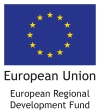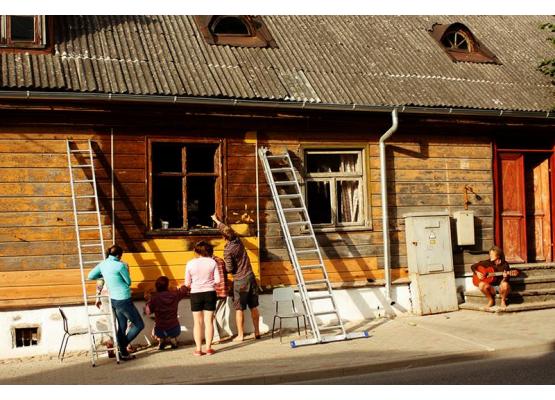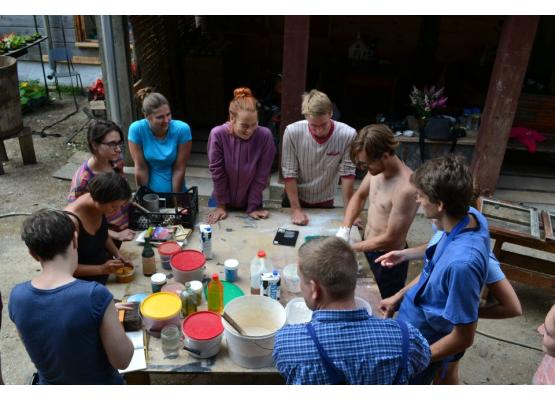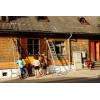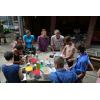P2 Sustainable use of common resources
2.1. Natural and cultural resources developed into sustainable tourist attractions
Central Baltic
01.09.2015 - 30.11.2018
€593 073
€467 778
The goal of the project LiviHeri is to learn how to live, maintain and cherish a historical town while preserving its characteristic environment and liveability. The project builds on a joint interest based on the recognition of similarities and differences between the participating towns of Rauma (Finland), Visby (Sweden), Kuldiga and Aizpute (Latvia).
The project develops thematically joint tourist attractions based on cultural and natural resources as well as thematically and periodically joint tourist products. The participating towns will build joint platforms for communication in social media enhancing simultaneous activities, shared experiences and crowd-sourced innovations. The activities will be done via joint learning process with benchmarking visits, local activities and sharing the local skills and knowledge hand-by-hand in workshops as well as digitally in social media.
The project will produce three new joint tourist packages, two new tourist attractions and three new identification and awareness raising packages.
Rauman kaupunki
Country: FI
Partner budget: 248.500 EUR
Amount of ERDF funding: 186.375 EUR ERDF
Kuldiga District Council
Country: LV
Partner budget: 211.000 EUR
Amount of ERDF funding: 179.350 EUR ERDF
Starpnozaru mākslas grupa SERDE
Country: LV
Partner budget: 18.734 EUR
Amount of ERDF funding: 15.924 EUR ERDF
Turun yliopisto, Opettajankoulutuslaitos, Rauman yksikkö
Country: FI
http://www.utu.fi/fi/yksikot/edu/yksikot/okl/Sivut/home.aspx
Partner budget: 87.339 EUR
Amount of ERDF funding: 65.504 EUR ERDF
Region Gotland
Country: SE
Partner budget: 27.500 EUR
Amount of ERDF funding: 20.625 EUR ERDF
Achieved results
LiviHeri - experiencing cultural heritage in UNESCO World Heritage towns.
The tourist attractions the project developed are:
- A Cup of Coffee! – local homeowners invite tourists and residents into their yards for a cup of coffee to learn about the house and the neighbourhood’s history.
- Bedtime stories – local homeowners offer accommodation to tourists. Whilst lodging, tourists can learn about the house and the neighbourhood’s history.
- Step in! A treasure hunt – walking tours along the project locations e.g. “Walk a poem along the trail” in Rauma, ”Find The Unicorn” in Kuldiga and ”A World Heritage walk through Visby”.
- Go under! Archaeological heritage – walking routes along the local neighbourhood
- Flying fish – e.g. a walking route in Rauma along the Raumajoki river.
In order to maintain and illustrate traditional handicraft skills, the project also embedded educational and knowledge sharing activities in the attractions, such as restoration workshops. These activities are collected in the project publication: “Living with Cultural Heritage – sharing experiences and knowledge around the Baltic Sea” and in the working papers: “Toolkit for joint tourist activities – A Cup of Coffee! and Bedtime stories; Toolkit for Co-Creation of Cultural Heritage Databank”. The attractions were developed both for tourists and residents alike.
The project was granted the European Year of Cultural Heritage label in April 2018. In the framework of the label, the project was portrayed in the “Connecting Cultures, Connected Citizens” booklet. The booklet portrays projects that have been granted the European Year of Cultural Heritage 2018 label. These projects also presented their activities in Brussels in October 2018 during the European Week of Regions and Cities.
- 4000 people involved in the project activities
- 5 new joint tourist attractions


